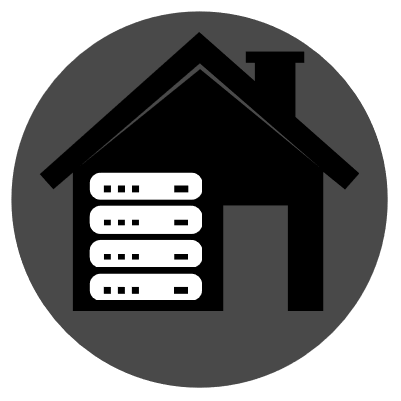

Cool! Saving for later.


Cool! Saving for later.


Huh.
There’s a time and place for a DIY solution and academia can well be like that sometimes.
The latest Mac Mini can’t run Linux though. It’s M4 and asahi doesn’t even support M3 chips yet. But if you actually got the previous model with M1/M2 you can do Linux if desired. I might not attempt, and just use the Mac as a server as-is. It’s not too different from Linux. Asking the duck for “how to xx on Mac” when you already know the Linux equivalents should make your life tolerable.


I mean, there are quite a few others than Arch+family that package a very recent kernel too. Fedora as you mentioned, but also NixOS, openSUSE Tumbleweed and even Gentoo if you’re that kind of a person. I bet I missed some.
But yeah Ubuntu is not necessarily one of them


I’d expect so, but you’ll need to test with your exact router model how it behaves. Some have a ‘DMZ’ function that you can use to pass all ports to a certain host. I use it to expose the WAN interface of my opnsense router to the internet through the ISP router. Then I can fine tune the open ports further in opnsense which is better designed for that than the usual ISP box.


Wanna share more details? Sounds like something I should actually put on my 32gb


This post considers the situation where you expose your ports to the internet, on the edge of your residential network, for example by setting your router to forward requests with port 443 to a certain host in your network. In this case you do have a public ip address and the configured port on your home server is now reachable from the internet. This is different from just exposing a port on a machine inside a residential network for local use.


Jerboa


Aurora store


F-droid


/e/OS


No more security updates, so it will gradually become unsafe to use online.
Something to consider, advice given to me, is that ZFS support on Linux regularly breaks with newest kernels so if you go for ZFS long term, be prepared to run a lts kernel at least as a backup.
I use both. LUKS+btrfs being nice on the Arch desktops, and ZFS on a serverside pool, managed by a TrueNAS Scale VM.


I have an external storage unit a couple kilometers away and two 8TB hard drives with luks+btrfs. One of them is always in the box and after taking backups, when I feel like it, I detach the drive and bike to the box to switch. I’m currently researching btrbk for updating the backup drive on my pc automatically, it’s pretty manual atm. For most scenarios the automatic btrfs snapshots on my main disks are going to be enough anyway.


Oh yeah and I did enable Proxmox VM firewall for the TrueNAS, the NFS traffic goes via an internal interface. Wasn’t entirely convinced by NFS’s security posture when reading about it… At least restrict it to the physical machine 0_0 So I now need to intentionally pass a new NIC to any VM that will access the data, which is neat.


A wrap-up of what I ended up doing:
I have achieved:
I have not achieved (yet…):
Quite happy with the setup so far. Looking to automate actual backups next, but this is starting to take shape. Building the confidence to use this for my actual phone backups, among other things.


Really good to know. Planned to keep using very mainstream LTS versions anyway, but this solidifies the decision. Maybe on a laptop I’ll install something more experimental but that’s then throwaway style.


I guess I’ll give it a spin. There seems to be a big community around it. I initially thought I might migrate later so keeping the host OS layer as thin as possible. Ubuntu was mainly an easy start as I was familiar with it from before and the spirit in this initiative is DIY over framework - but if there’s a widely used solution for exactly this… Yeah.


Always a good reminder to test the backups, no I would not sleep properly if I didn’t test them :p
Aiming to keep it simple, too many moving parts in the VM snapshots / hard to figure out best practices and notice mistakes without work experience in the area, so I’ll just backup the data separately and call it a day. But thanks for the input! I don’t think any of my services have in-memory db’s.


Right, thanks for the heads up! On the desktops I have simply installed zfs as root via the Ubuntu 24.04 installer. Then, as the option was not available in the server variant I started to think maybe that is not something that should be done :p
I’m on eOS, so this specific thing will be a non-issue.
I already have an old dumbphone as backup. It might actually get some use going forward. Installing Linux on my current main phone may be in order.
Another thing I’m thinking of is potentially combining the dumbphone with a tiny laptop, say 10-12 inch. We used to have this category of device in the early 2010s. With today’s manufacturing it could be made to fit into a large coat pocket or purse. Need to look up if anyone is making these at this time.